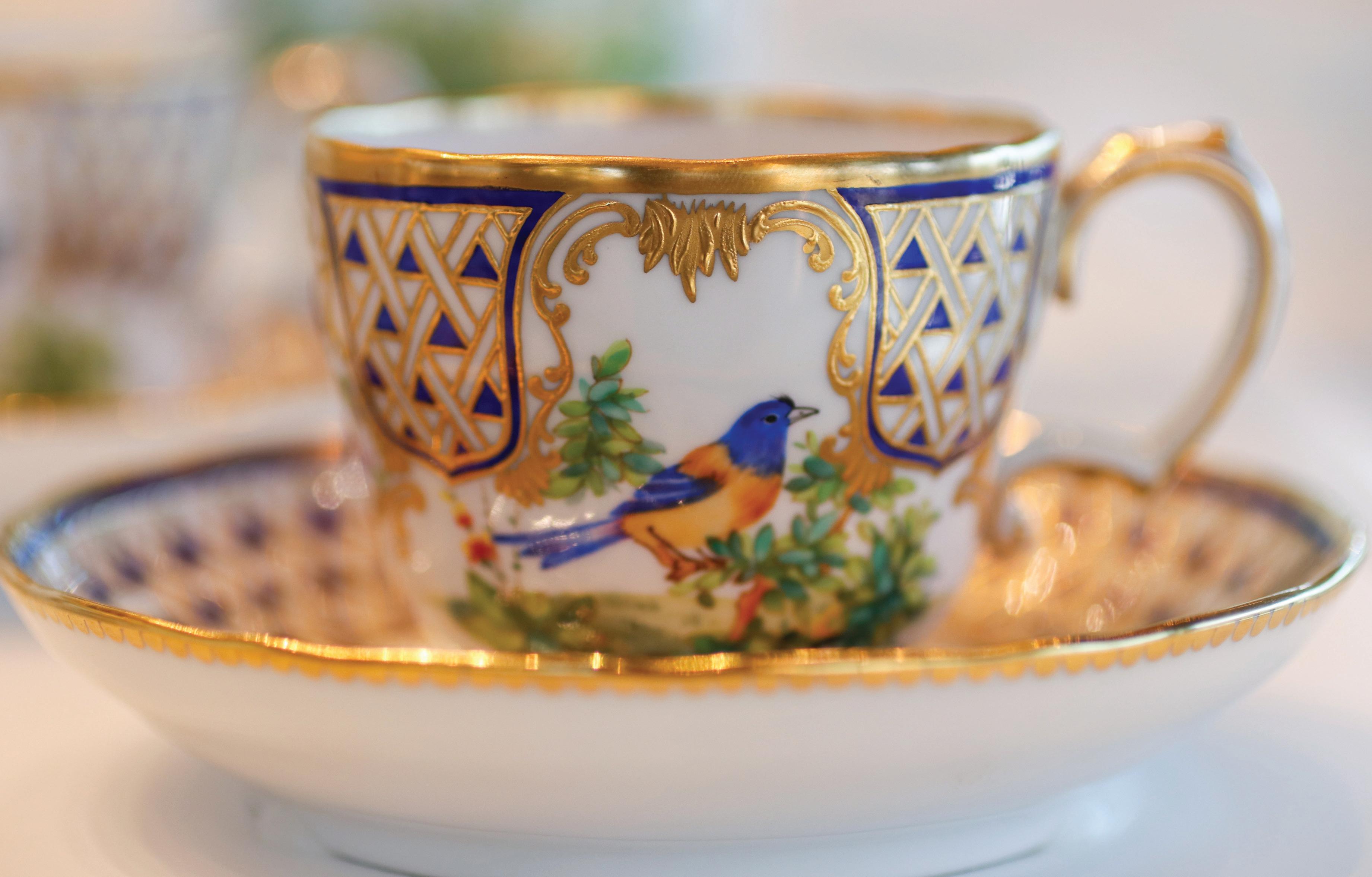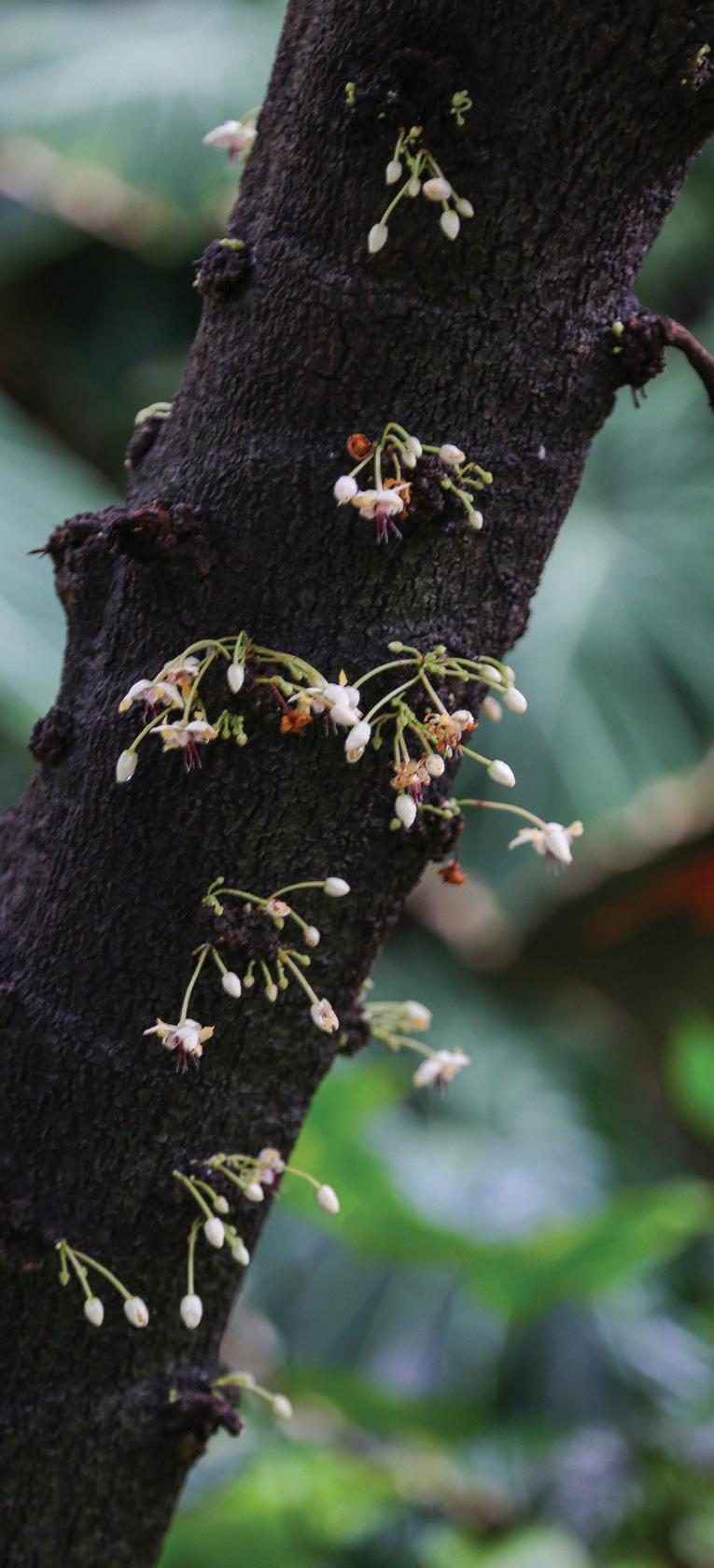
1 minute read
FROM THE DIRECTOR
This summer is sure to be a busy one at the State Botanical Garden of Georgia. We are thrilled that events like the Sunflower Concert Series have returned to the garden, and we hope you will enjoy all the garden has to offer this summer, from camps to classes.
This past spring, the Porcelain and Decorative Arts Museum was dedicated and opened to the public. We hope that you will visit and spend time in the museum viewing porcelain and decorative art pieces inspired by nature.
Advertisement
A new exhibit in the museum displays some of the finest porcelain wares for serving coffee, tea and chocolate. This display also explores the history of hot beverages produced from plants brought into production from areas around the world. For example, tea (Camellia sinensis) was first produced and consumed in China before it was introduced in Europe in the 16th century. Porcelain was also first produced in China, and until the 18th century, the only porcelain available on the European market was exported from China. Porcelain was first produced in Europe in 1710 and it quickly became an important part of the consumption of hot beverages throughout Europe. As hot beverages, including coffee, tea and chocolate, became more popular and available, the demand for porcelain wares increased. The natural properties of porcelain made it the perfect material to use for hot beverages, and its glazed surface enabled artisans to express nature through the decorations.
Visitors to the State Botanical Garden of Georgia can not only see exquisite porcelain wares in the new museum, but also discover the plants that produce coffee, tea and chocolate in our collections in the conservatory and gardens. I hope that you will visit soon.







